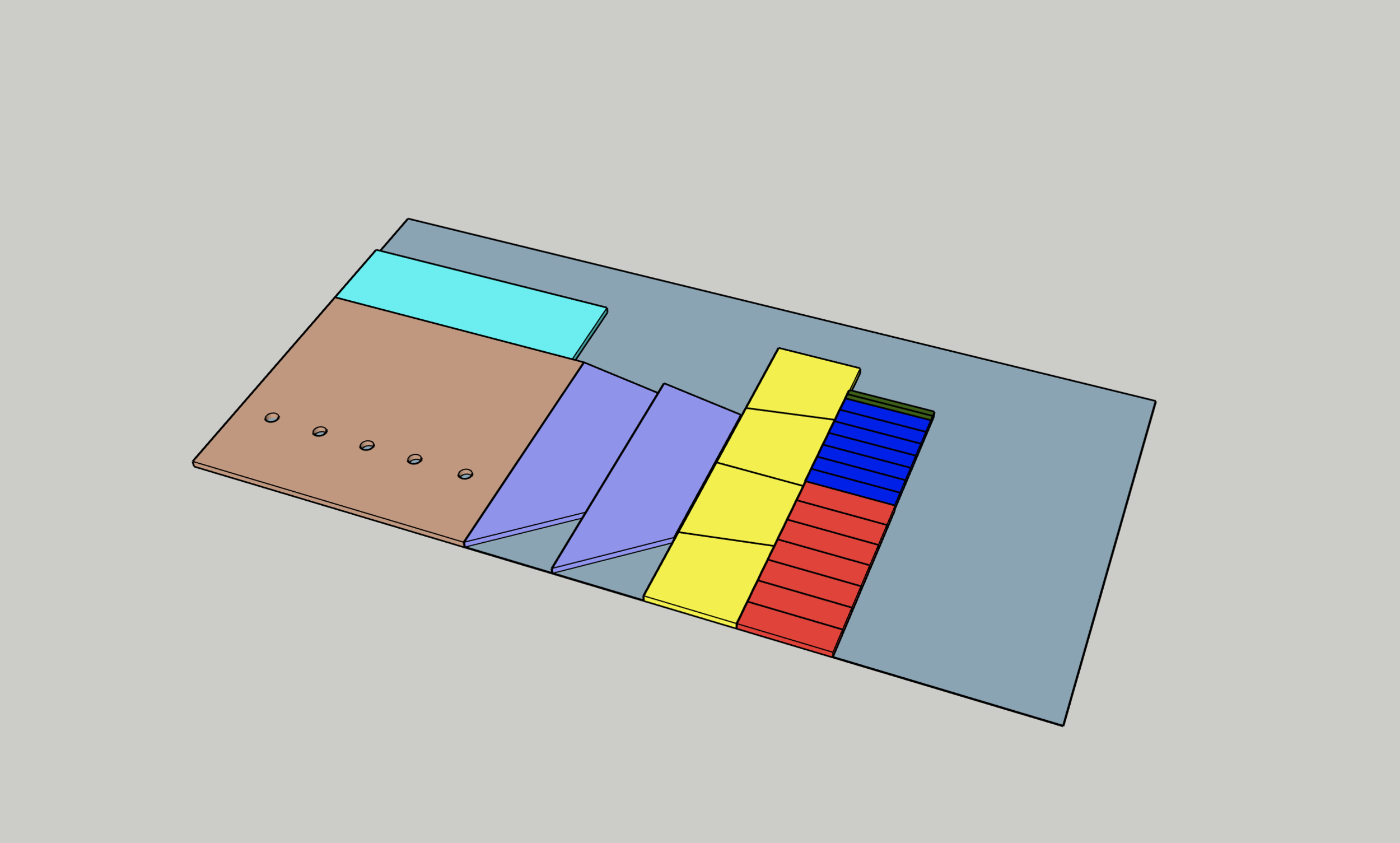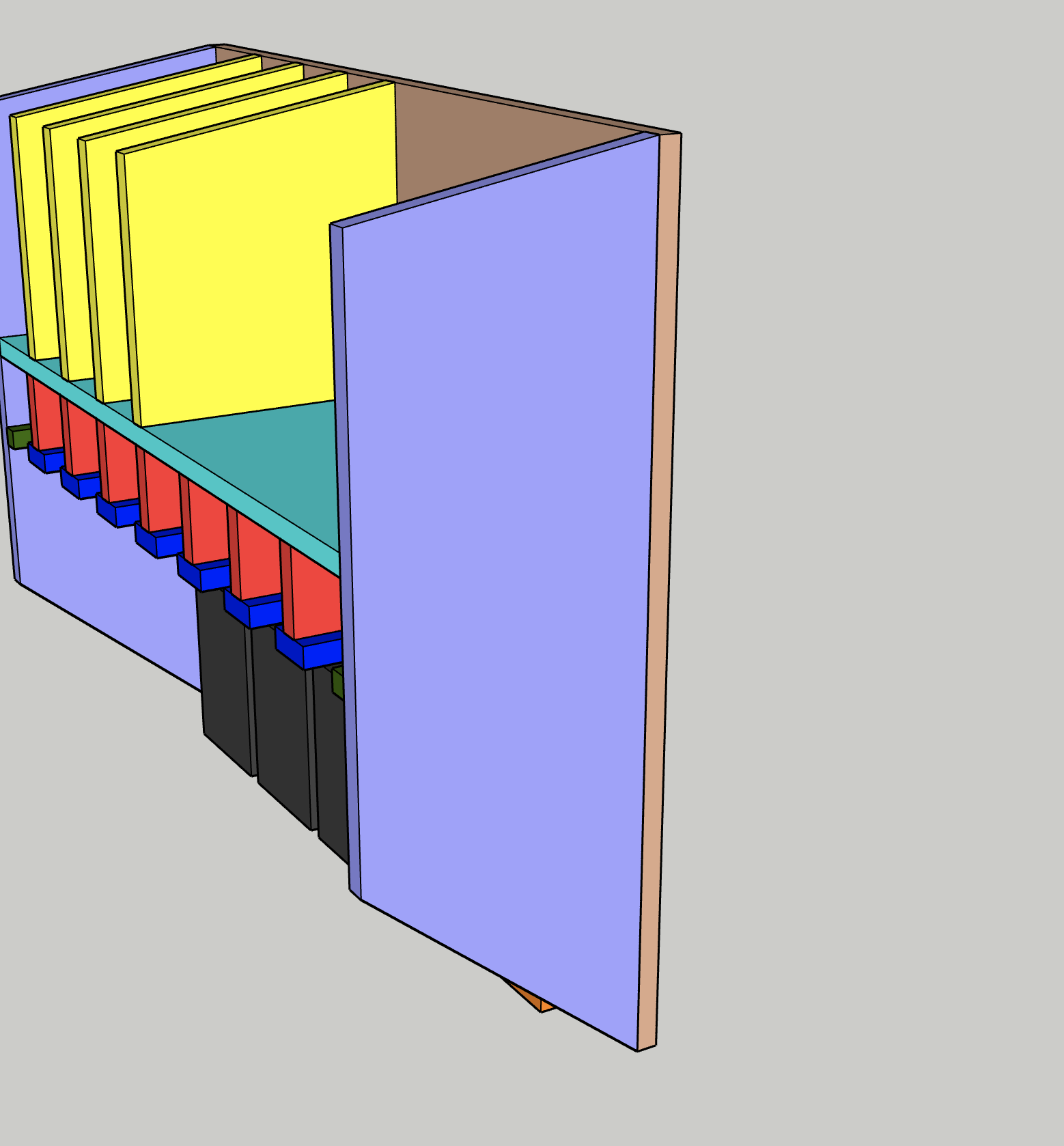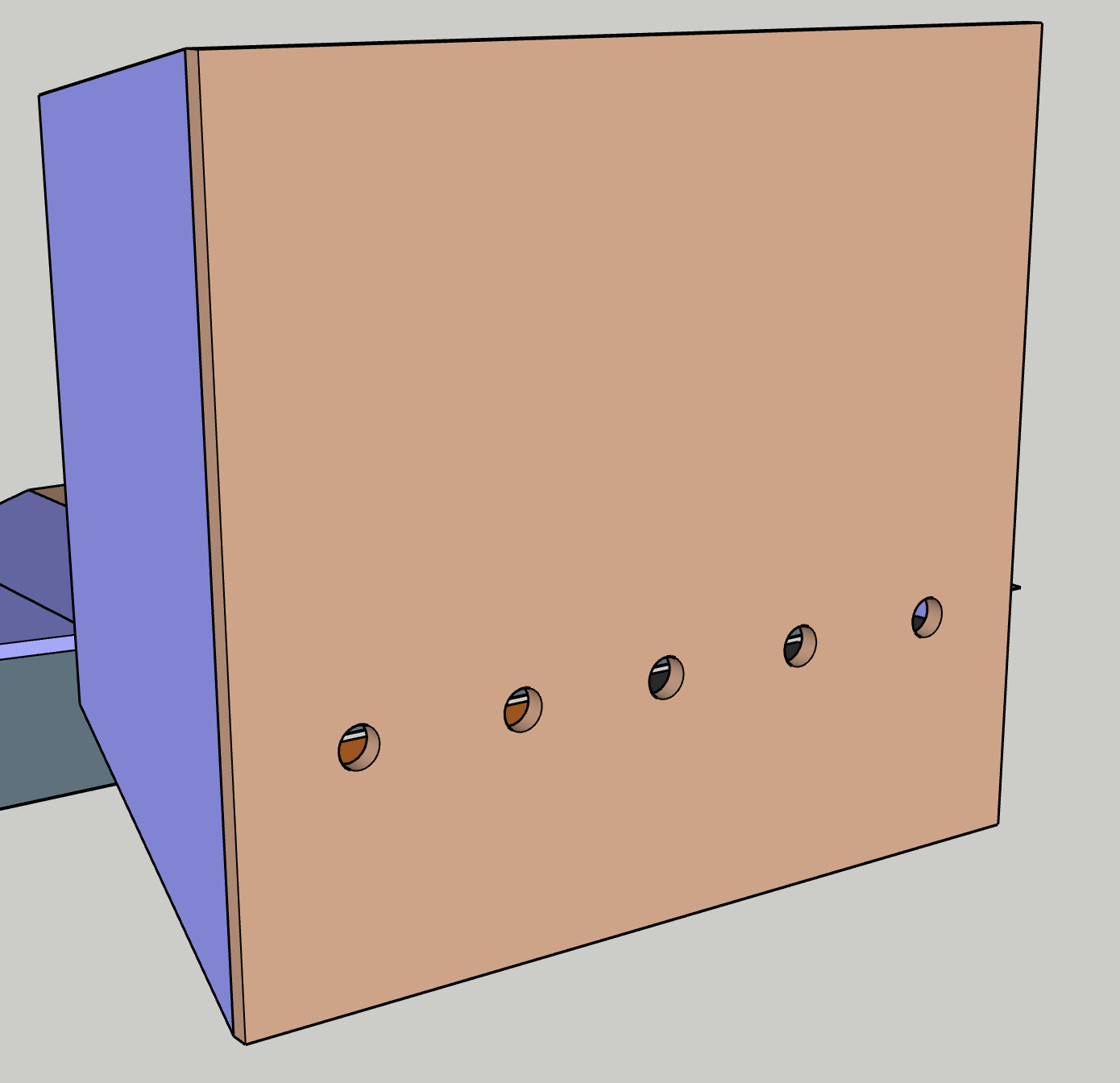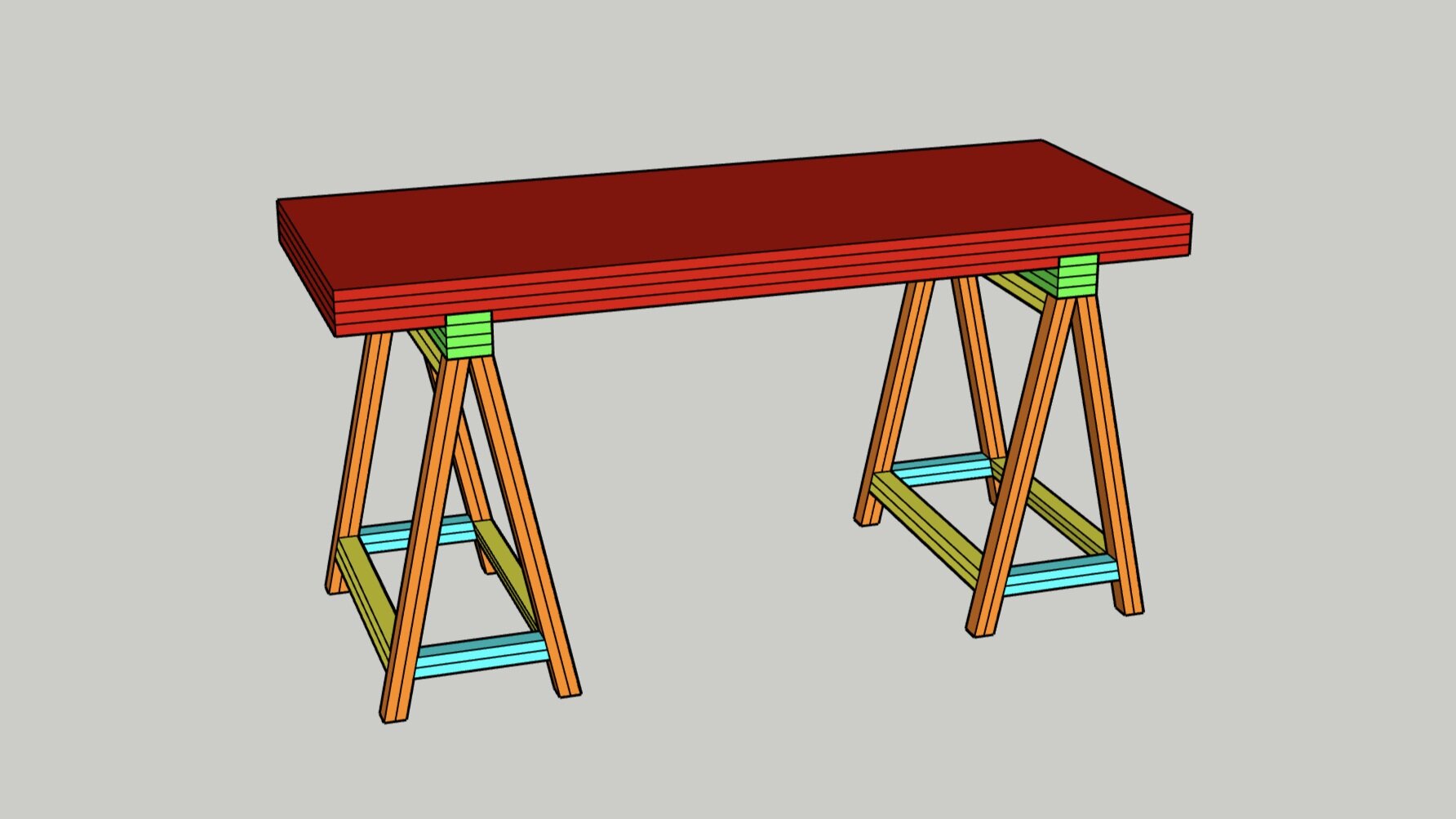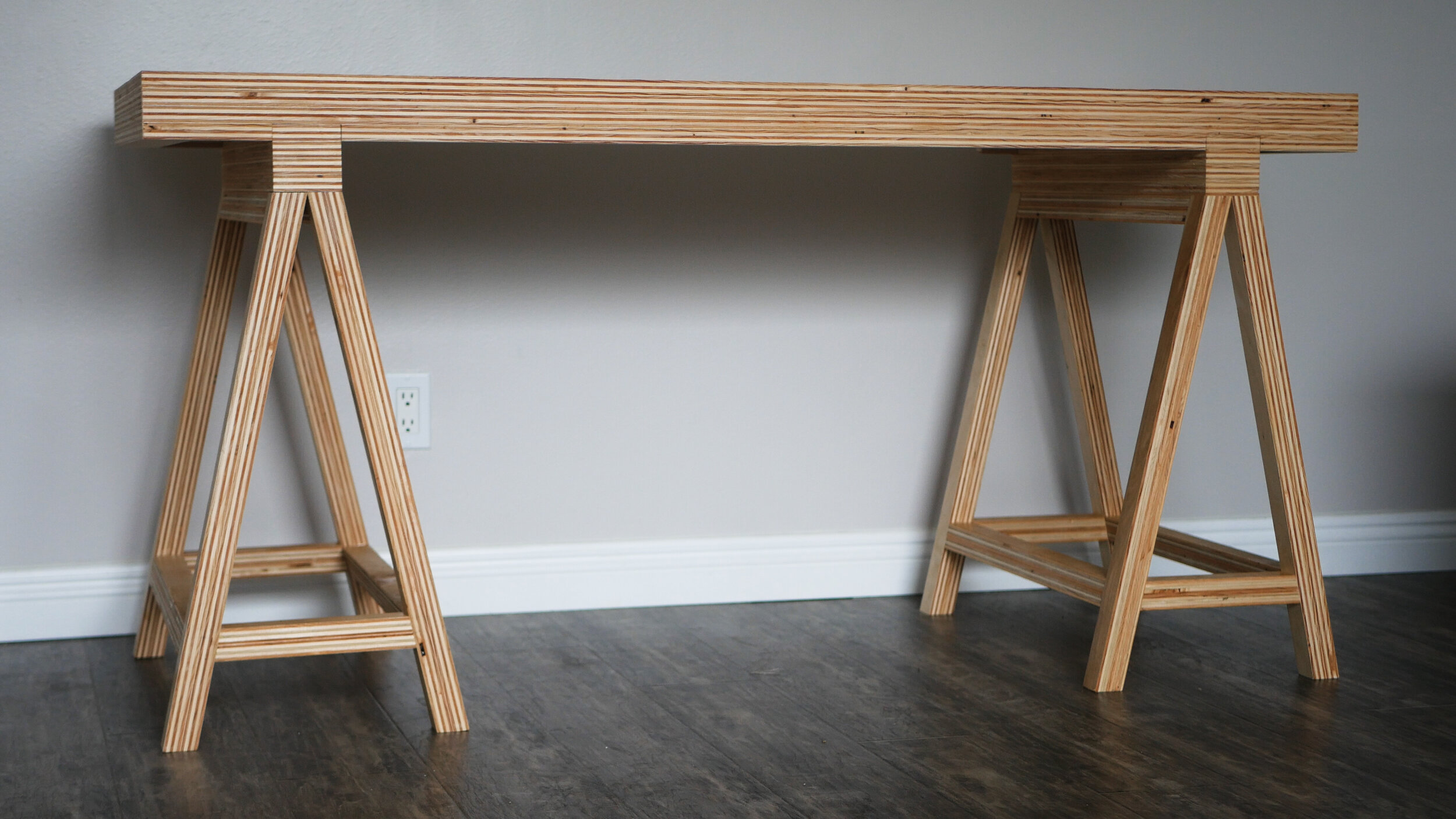We wanted a big new kitchen table to go along with our new breakfast nook. I wanted something heavy, made from white oak, and with a contrasting beefy steal based. I love how this came together - particularly the white oak with Rubio Monocoat in Cotton white. Be sure to watch the video to see how I built it. There is a 3D Sketchup model available under the Free Design Files tab.
🌳 MATERIALS
~25 BF of 5/4 White Oak
Rubio Monocoat in Cotton White
3 x 3" x 3" x 8' Square Tube Steel
1 x 3" x 8' x 1/8" Flat Steel
Hex Bolt Screws + Washers
Acetone/Mineral Spirits Metal de-greaser
🗜 Woodworking
SAWSTOP 36” 3HP PCS: https://amzn.to/3cr1dJO
Circular Saw: http://amzn.to/2q1l5wn
Orbital Sander: https://amzn.to/2ALtz16
6” Jointer: https://amzn.to/2Y7THgb
13” Thickness Planer: http://amzn.to/2u7YrmK
Power Drill: http://amzn.to/2q1l5wn
Impact Driver: http://amzn.to/2q1l5wn
Woodpeckers TS-24 T-Square: https://amzn.to/2AsAE9W
Plunge Router: http://amzn.to/2p15eiC
🧲 Metalworking
PowerMig 210 https://amzn.to/33cDCs3
Metal Chop Saw: https://amzn.to/2HNowU4
Angle Grinder: https://amzn.to/2FhtDLe
Digital Protractor
Above a free Sketchup File of the design for you to access incase you're looking to build something similar!
If you have any questions or find any issues with the article, feel free to get in touch.
Zach



